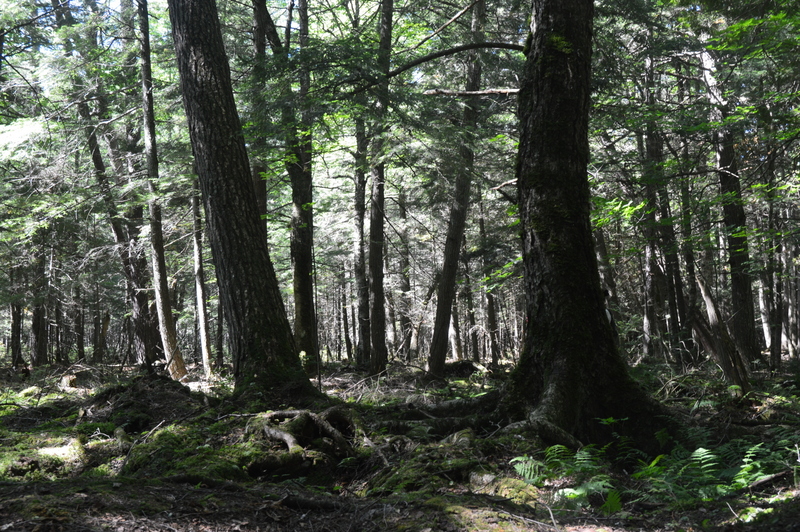
Post by Jody Peters at the University of Notre Dame
In addition to the lake sediment coring that took place on Day 1, there was also a lot of tree coring that happened. We set up 2, 0.5 ha plots in The Nature Conservancy’s Guido Rahr Sr. Tenderfoot Forest Reserve where we recorded dbh (diameter at breast height) of every tree, tagged those that were large enough and took cores from trees greater than 10 cm dbh. The two stands were mainly comprised of beautiful, large, old hemlocks, as well as some yellow birch, sugar maples, and northern white cedars.
After the Day 1 coring, the job on Day 2 was to mount the cores and prepare them for drying.
 |
 |
 |
 |
On Day 3 we will move on to sanding and measuring the tree rings so that we can use them as part of a data assimilation exercise led by Michael Dietze to estimate Net Primary Production using the software package PEcAn on Day 5.






